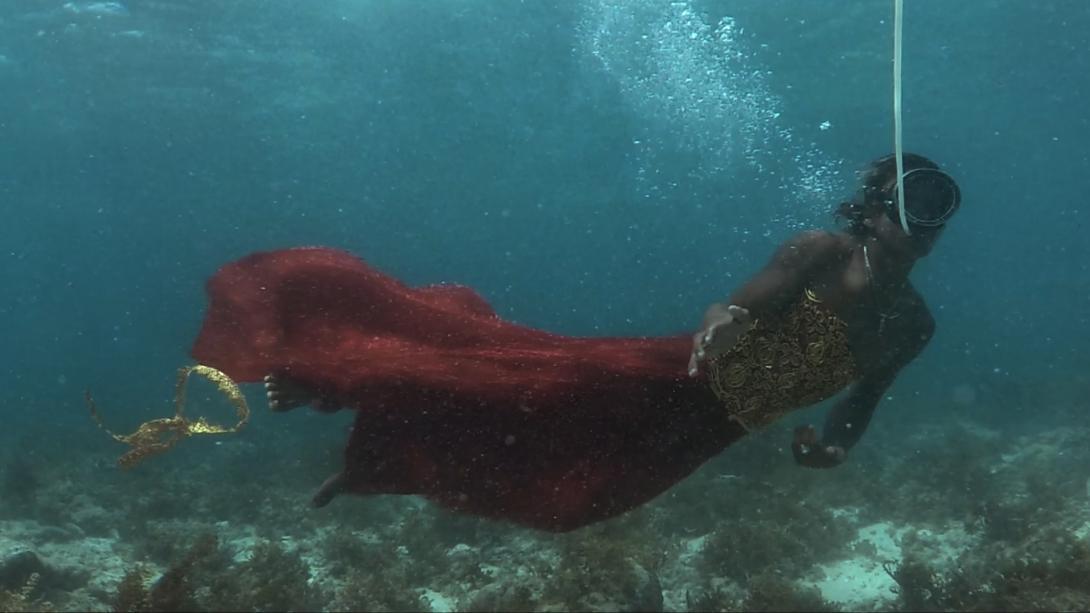Martha Atienza
APT9
Born 1981 Manila, the Philippines
Lives and works in Bantayan Island, the Philippines and in Rotterdam, the Netherlands
Born into a family of seafarers, Martha Atienza creates video, sound and installation works that explore the experience of being at sea and address histories of migration, labour, environmental degradation and identity. More than 400 000 Filipinos work on board some type of vessel, making them the largest group of seafaring people in the world. Atienza uses art as a tool for social change by working directly with the community of Madridejos on Bantayan Island, where her family is from, to address the problems this small fishing community faces due to poverty, environmental change, and the long absence of family members at sea. Atienza’s work, while based on specifically local concerns and culture, has global significance and highlights common issues shared across the more than 7000 islands of the Philippines.

Martha Atienza / Philippines/Netherlands b.1981 / Our Islands 11°16’58.4”N 123°45’07.0”E (still) 2017 / Single channel HD video, colour (72 min. loop) / © The artist / Image courtesy: The artist and Silverlens Galleries, Manila
Martha Atienza’s Our Islands 11°16’58.4”N 123°45’07.0”E 2017 recreates the annual Ati-Atihan festival in the village of Madridejos on Bantayan Island in the Philippines. The parade honours the infant Jesus (Santo Niño), whose likeness is blessed by the local priest and carried through the town. Atienza’s film depicts a dreamlike procession beneath the sea, with the participants pushing against the water as if in a trance. Heading the procession is a man dressed as Santo Niño; he is followed by Christ carrying a bamboo cross; an overseas foreign worker (known as an OFW); an international seafarer; a survivor of 2013’s super typhoon Yolanda; and a drug lord, menaced by President Duterte’s anti-drug squad pointing guns at his head. All the costumes represent responses to current events and issues.
Atienza has been working with her community since 2010, using video as a tool for social change. Drawing attention to the plight of the fishermen and their families, she highlights the effects of environmental change on the community. Once plentiful, fish have become scarce in the waters of the Philippine archipelago, threatening incomes and food supplies. Many families have also been forced to move their homes inland to avoid the encroaching sea. In Atienza’s film — as in real life — the men breathe through makeshift compression hoses, a dangerous technique often used by fishermen that can easily result in death or injury.
